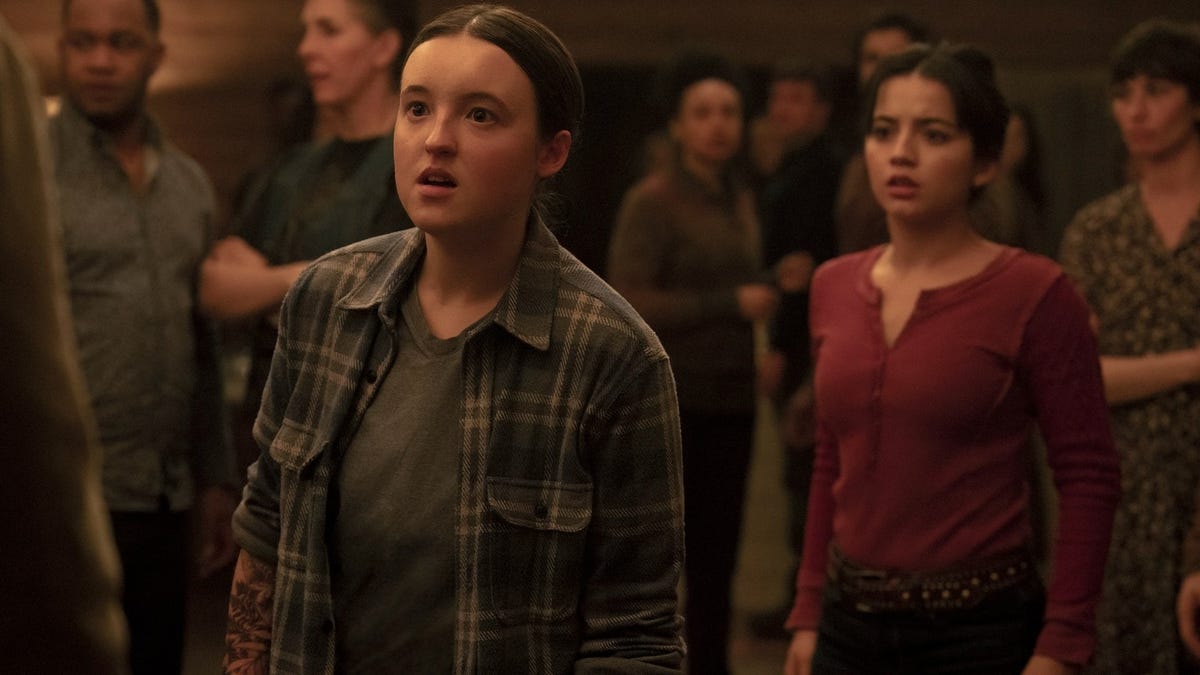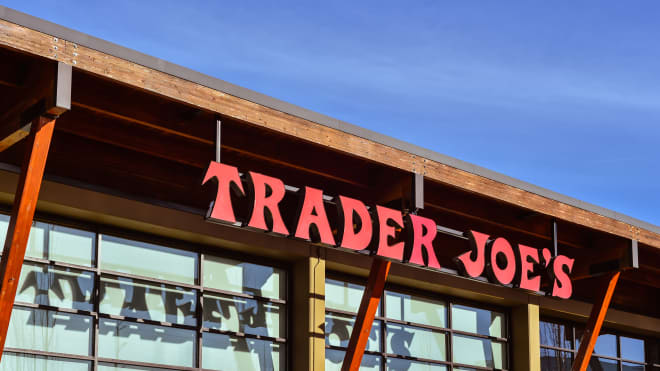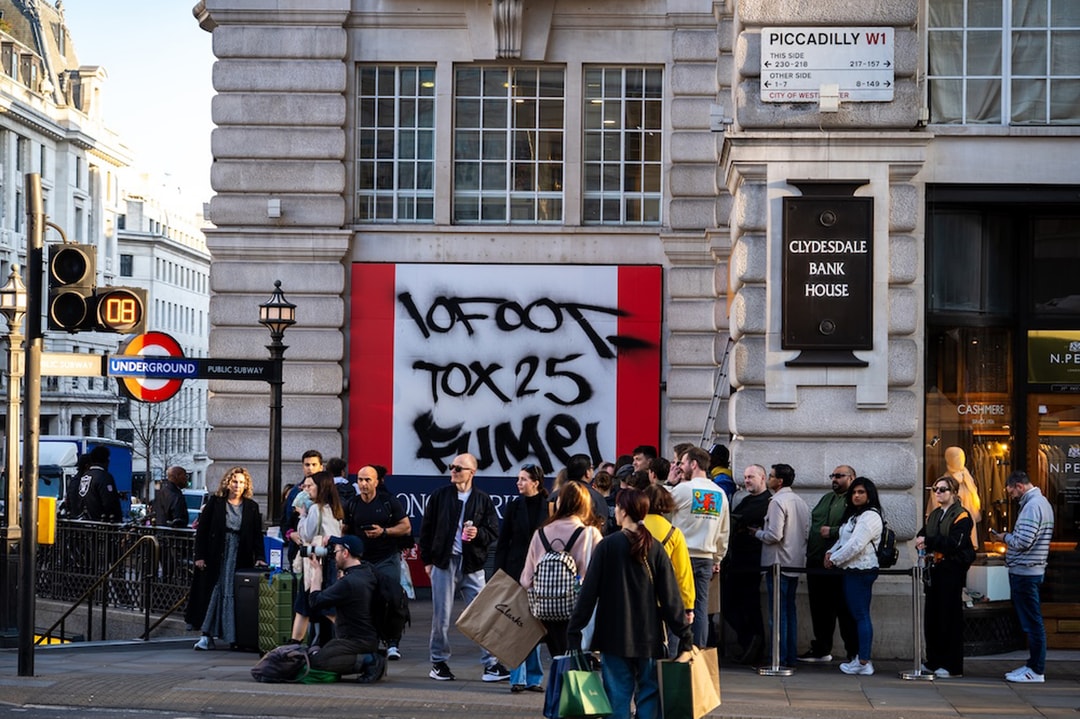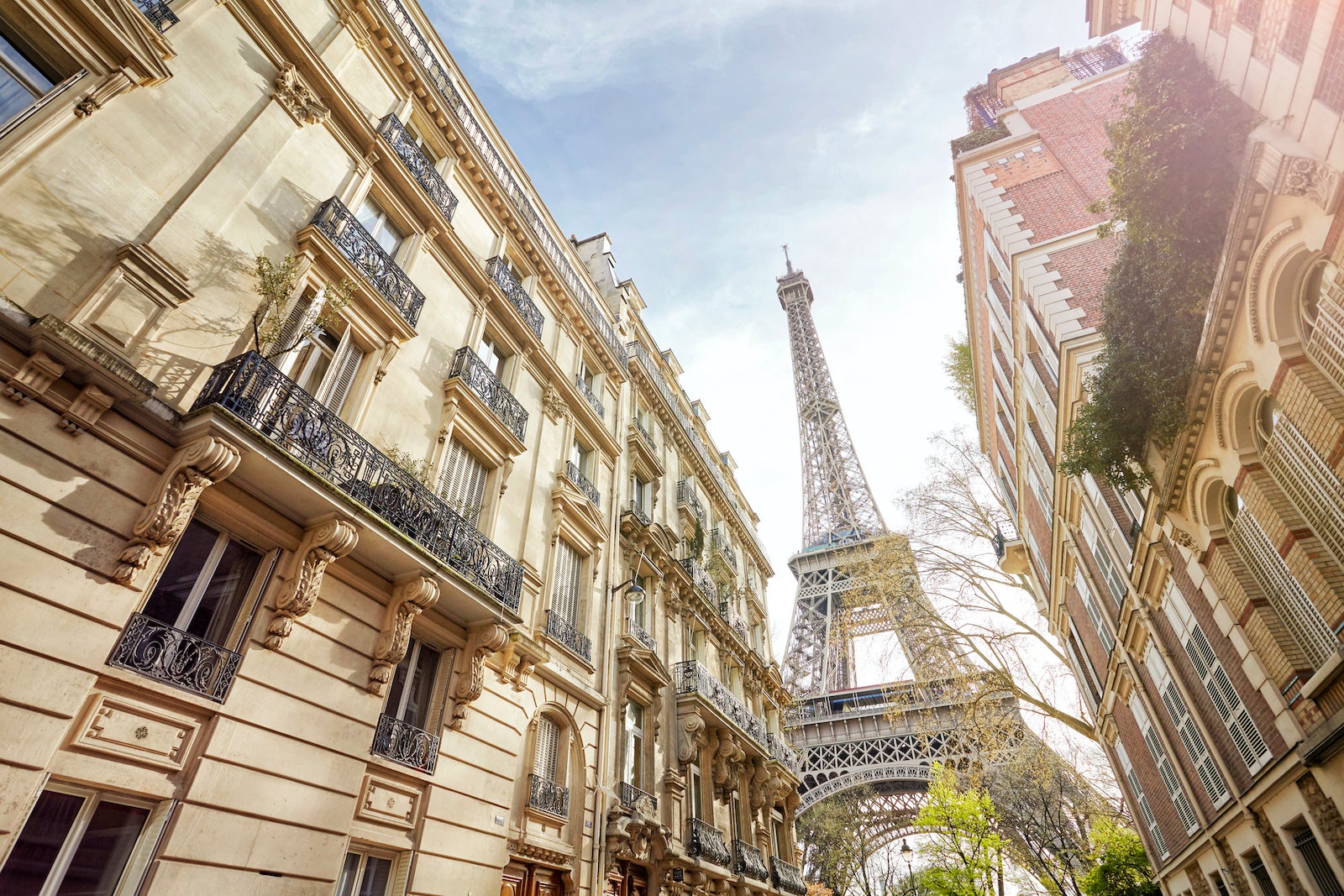Vermont Street in San Francisco, California
San Francisco is a city built on countless hills. As such, it is no surprise that famous Lombard Street is not the only road requiring switchbacks to maintain an otherwise straight path. In fact, a portion of Vermont Street between 20th and 22nd Streets ascending Potrero Hill has long claimed to be not only the most crooked street in the city but the entire world. Although the block was first laid out before 1900, it did not acquire its curves until around 1928 when it was paved. Its east side was built up by then while the west side remained undeveloped, partially occupied by a park. Bayshore Freeway was routed just south of the switchbacks in 1953, destroying many homes as part of controversial urban renewal initiatives. Vermont Street first gained renown in 1962, when local neighbors moved to beautify it with trees in order to rival Lombard Street in fame. Locals cited the streets greater steepness and tighter curves as reason for being more crooked. However, Vermont's curved stretch is not as long as Lombard's. The debate between the two was finally settled in 2014 on an episode of the Travel Channel TV show Fact or Fiction? Vermont Street's sinuosity was measured to be 1.56, compared to 1.2 for Lombard Street. Despite this, Vermont Street remains less famous due to its location further from San Francisco's main tourist sights. It also does not have the red brick pavement of Lombard Street, instead having more standard concrete. One of the few times of the year when the street is busier is during the annual Bring Your Own Big Wheel Race in spring. Then, people race down the switchbacks in tricycles, often with unique designs and costumes. The event was originally held at Lombard Street, but due to complaints from neighbors there it moved to the presumably more difficult route here.


San Francisco is a city built on countless hills. As such, it is no surprise that famous Lombard Street is not the only road requiring switchbacks to maintain an otherwise straight path. In fact, a portion of Vermont Street between 20th and 22nd Streets ascending Potrero Hill has long claimed to be not only the most crooked street in the city but the entire world.
Although the block was first laid out before 1900, it did not acquire its curves until around 1928 when it was paved. Its east side was built up by then while the west side remained undeveloped, partially occupied by a park. Bayshore Freeway was routed just south of the switchbacks in 1953, destroying many homes as part of controversial urban renewal initiatives.
Vermont Street first gained renown in 1962, when local neighbors moved to beautify it with trees in order to rival Lombard Street in fame. Locals cited the streets greater steepness and tighter curves as reason for being more crooked. However, Vermont's curved stretch is not as long as Lombard's. The debate between the two was finally settled in 2014 on an episode of the Travel Channel TV show Fact or Fiction? Vermont Street's sinuosity was measured to be 1.56, compared to 1.2 for Lombard Street.
Despite this, Vermont Street remains less famous due to its location further from San Francisco's main tourist sights. It also does not have the red brick pavement of Lombard Street, instead having more standard concrete. One of the few times of the year when the street is busier is during the annual Bring Your Own Big Wheel Race in spring. Then, people race down the switchbacks in tricycles, often with unique designs and costumes. The event was originally held at Lombard Street, but due to complaints from neighbors there it moved to the presumably more difficult route here.


































































-Baldur’s-Gate-3-The-Final-Patch---An-Animated-Short-00-03-43.png?width=1920&height=1920&fit=bounds&quality=70&format=jpg&auto=webp#)
































































































































































































